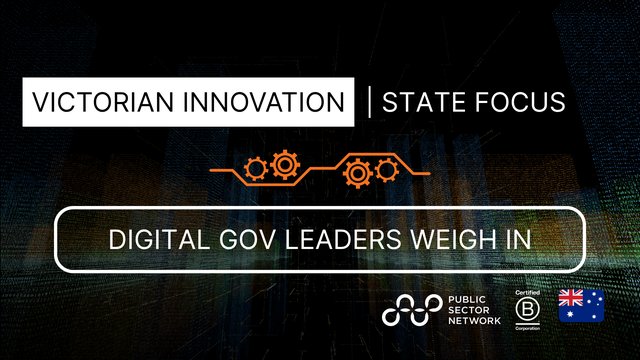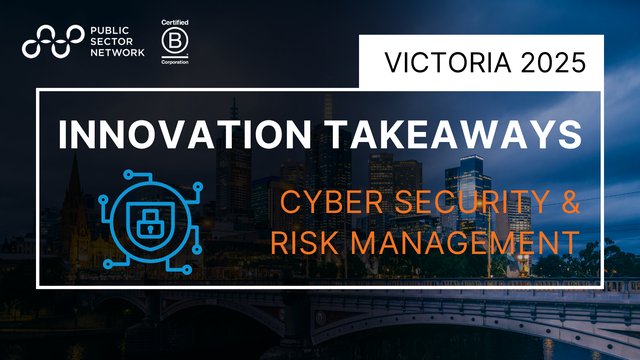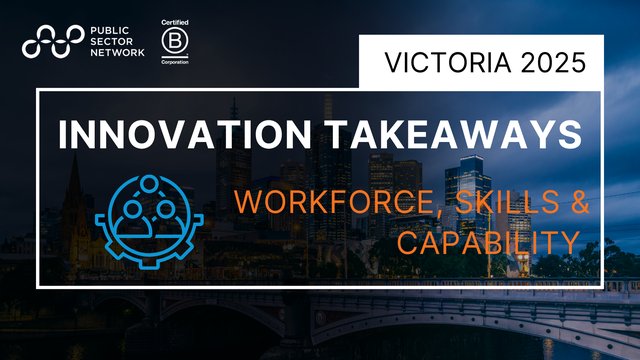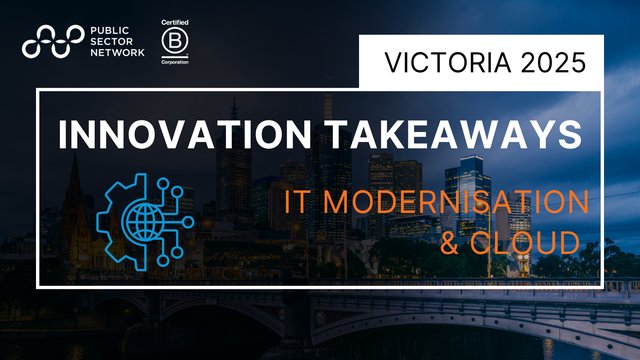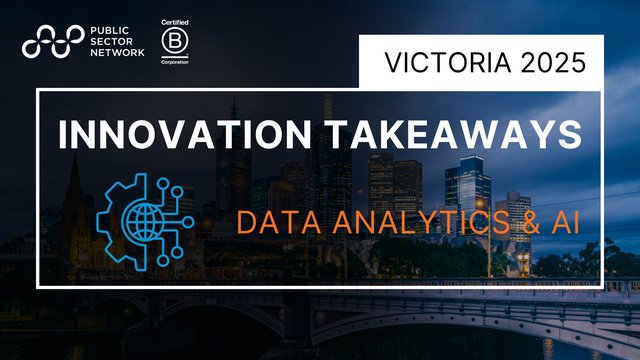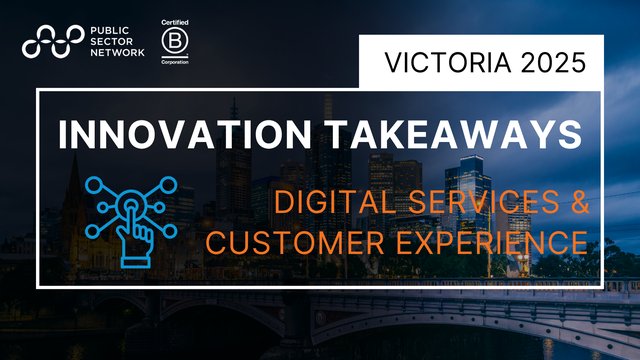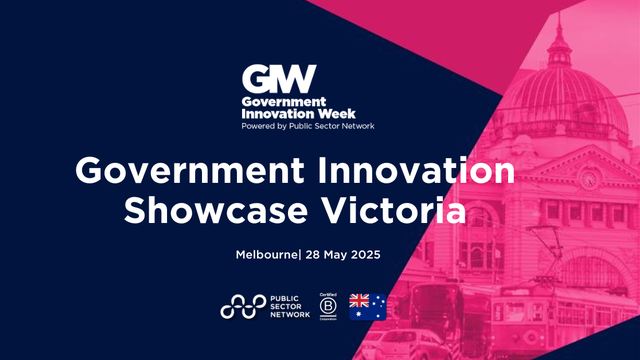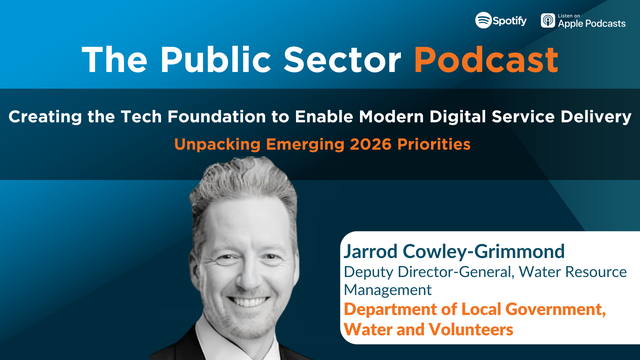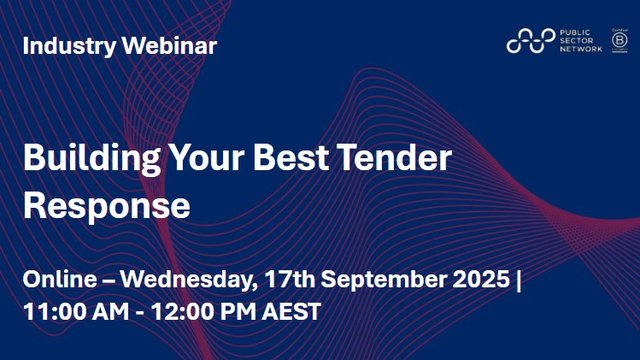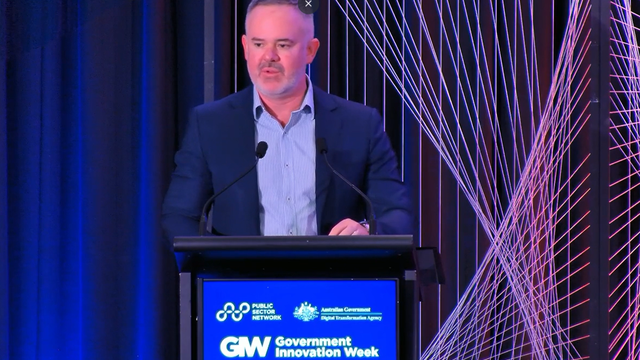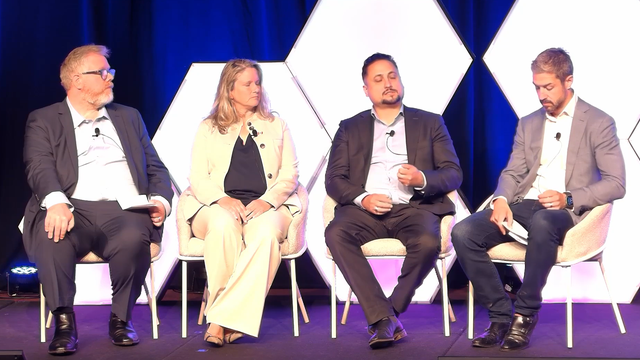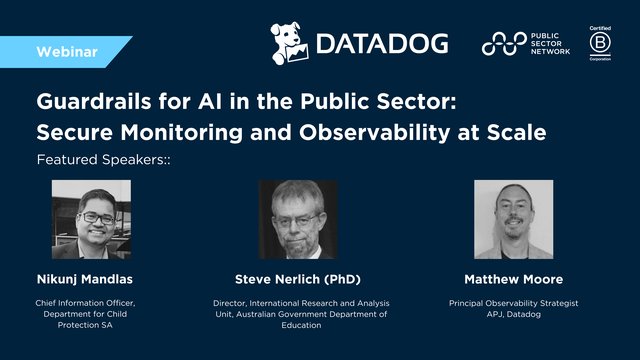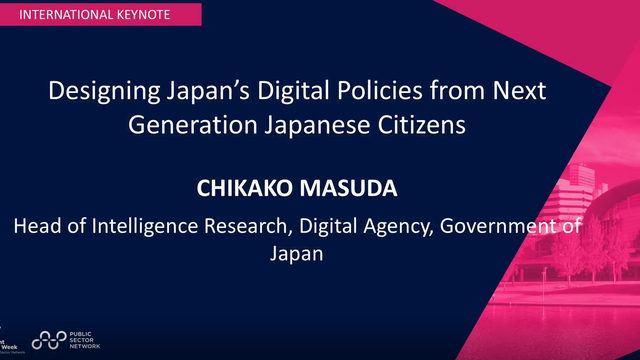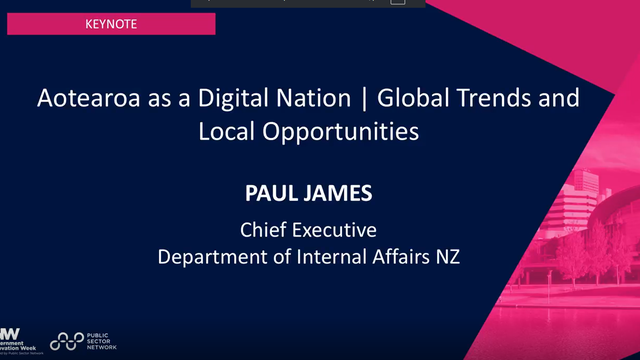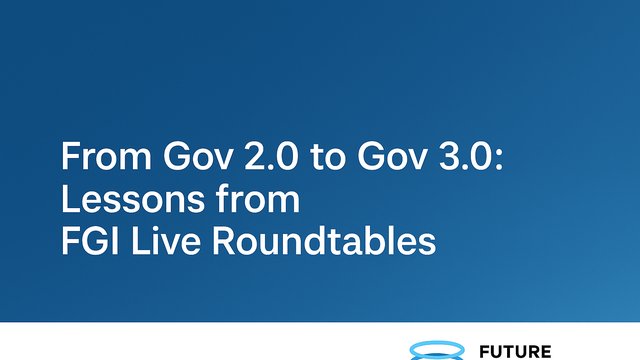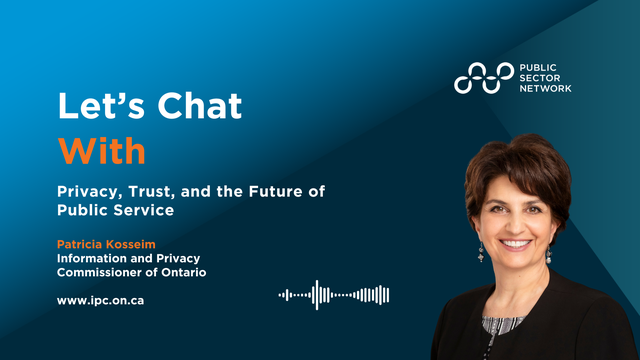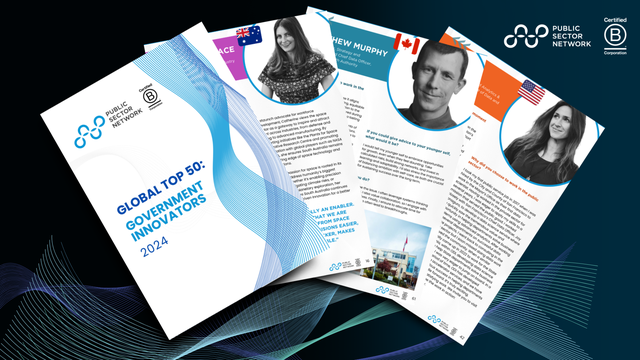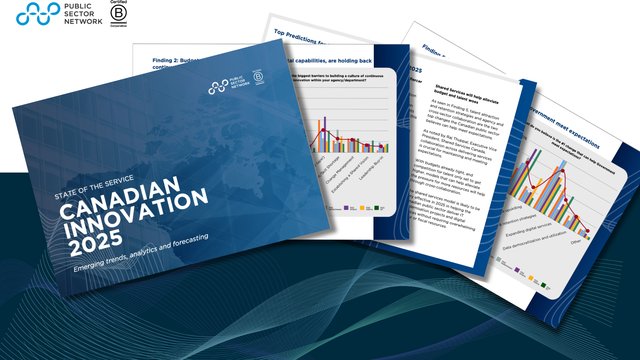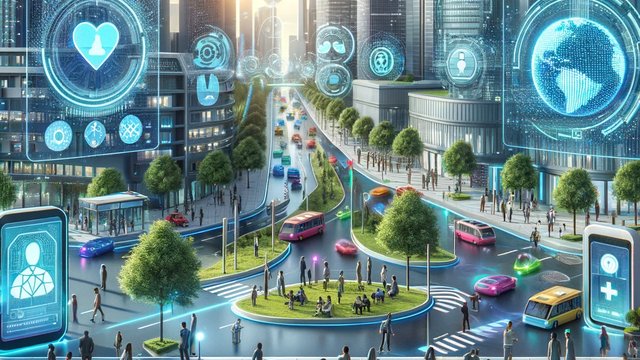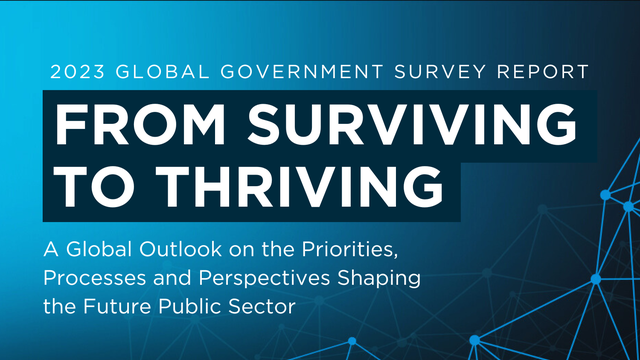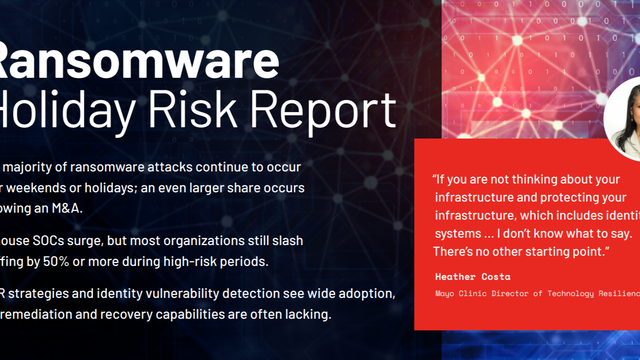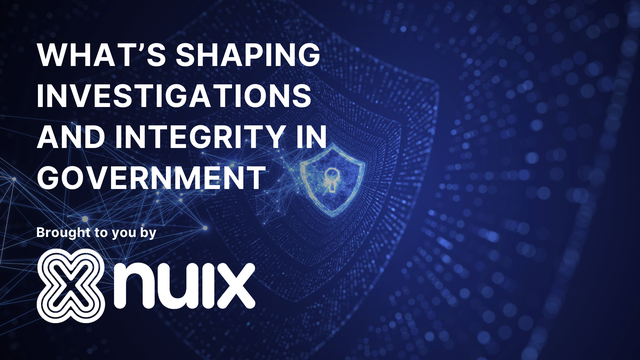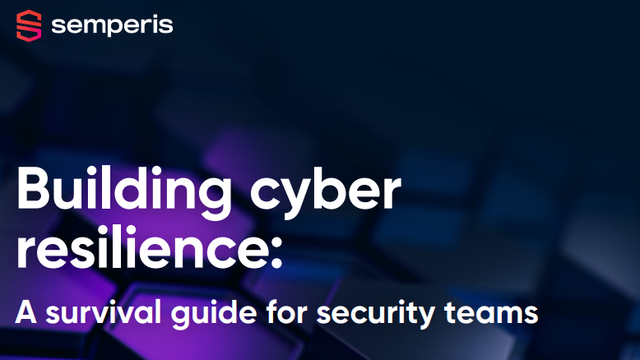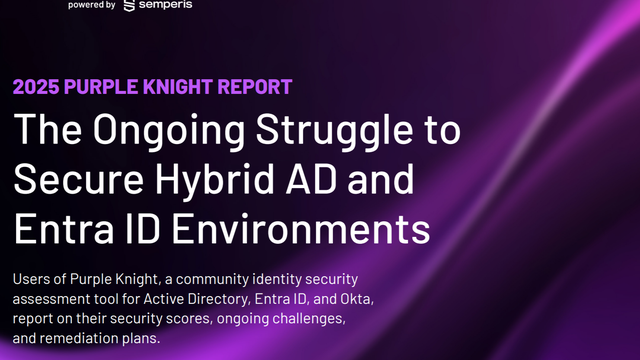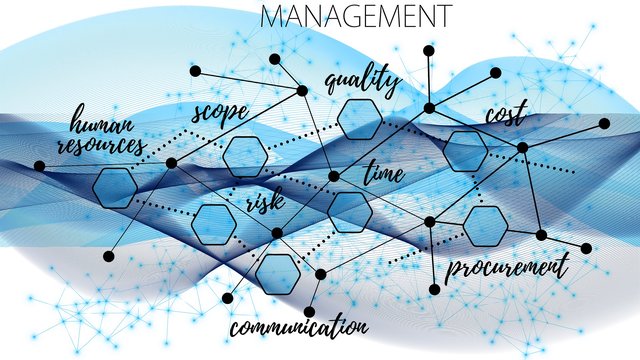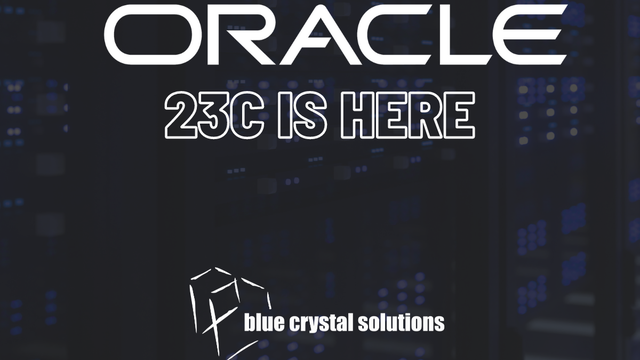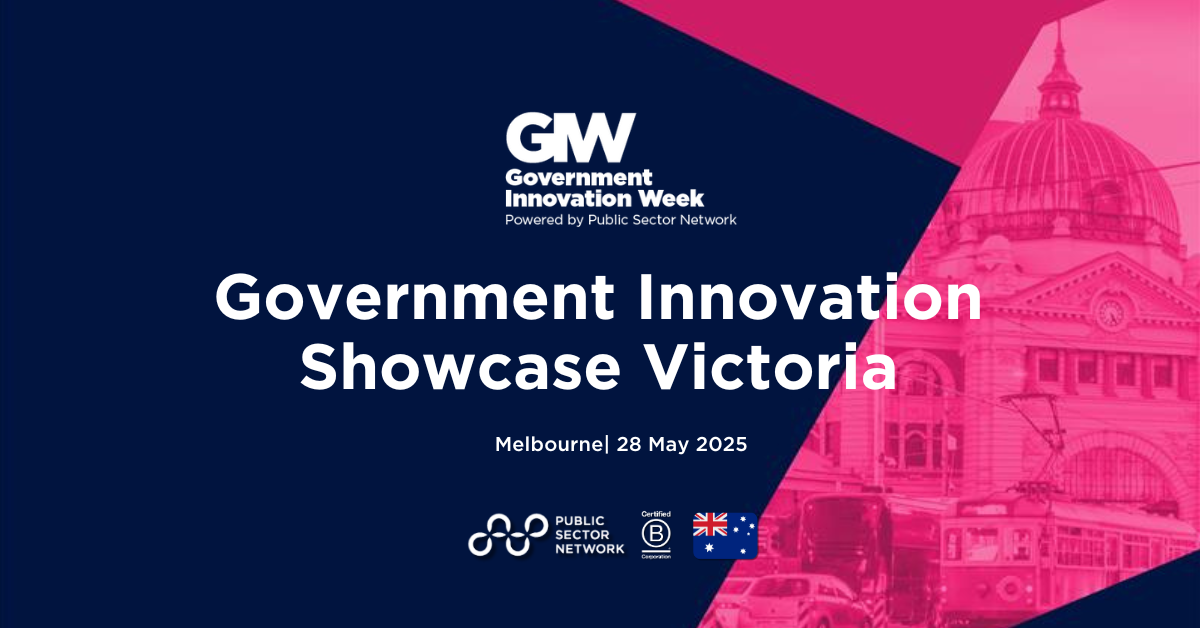
Luke Halliday is the Executive Director of Technology & Digital Platforms at the Department of Government Services, where he leads digital initiatives to enhance public service delivery across Victoria. He also serves as the Whole of Victorian Government Chief Technology Officer, a role he held within Digital Victoria prior to its transition into the Department of Government Services as part of a Machinery of Government change. Since the transition, Luke has taken on expanded responsibilities, including oversight of whole-of-government platforms, shared services, and internal departmental technology operations.
Previously, Luke was Chief Information Officer at Melbourne Airport, where he led major technology modernisation. Earlier in his career, he co-founded Mercury IT, scaling it into a national managed services provider before leading its merger to form Mercury Technology Solutions. He later stepped back from day-to-day operations to join the board as a strategic advisor.
Luke brings a strong track record of digital transformation across both government and industry, combining entrepreneurial drive with public sector leadership to deliver impact at scale.
You’ve had an impressive career spanning both private and public sectors. What motivated your transition from the private sector to government?
I’ve always been driven by solving complex problems and working at the intersection of business strategy and technology. Running my own business, working with large enterprises, and leading technology modernisation in regulated environments has given me a broad perspective.
Government presented an opportunity to apply that experience at scale, where optimising service delivery and improving efficiency translates directly into public value.
If we can modernise services and unlock cost efficiencies, that funding can be redirected to frontline services that truly impact citizens’ lives.
What are the biggest challenges you face in modernising government services?
Government operates in a complex and unique environment. Many of the systems supporting essential services were designed in a different era, and the task today is to evolve them in a way that maintains continuity, trust, and service reliability.
It’s not simply a matter of outdated technology, it’s about navigating the broader realities of public sector delivery. These include governance structures that span multiple departments and agencies, alignment across diverse policy and operational priorities, and decision-making frameworks designed to ensure accountability and stewardship of public resources.
Modernisation in this context requires more than new tools, it calls for a shift in mindset.
That means moving from transactional vendor relationships to long-term, outcomes-focused partnerships, and striking the right balance between the benefits of shared platforms and the flexibility individual departments need to meet the specific needs of the communities they serve.
How do you shift the mindset of public sector teams to work effectively with technology partners?
One of the most common challenges is the “us vs them” mentality, where internal teams may view vendors as cost drivers rather than collaborators working toward a shared outcome. Shifting this mindset takes deliberate effort.
Here’s how I approach it:
- Surface concerns early: I often use a simple “stinky fish” exercise to give everyone the chance to write down frustrations or perceived blockers so we can bring them into the open and address them together.
- Understand incentives: Different players in a program will naturally have different, and sometimes competing, incentives. But when we understand these drivers and align on the higher-order purpose, such as improving frontline service delivery or reducing safety risks, we can navigate tensions more constructively and keep everyone focused on the shared outcome.
- Align expectations: It's critical that both government teams and vendors co-develop a shared delivery plan, agree on priorities, and participate in joint governance. Meetings should be inclusive avoiding scenarios where issues are discussed in silos.
- Build real relationships: Encouraging appropriate, peer-to-peer relationships between vendor leads and government team members within established probity guidelines helps foster trust, improve communication, and create shared accountability. Clear roles, transparent decision-making, and professional engagement are key to building strong delivery partnerships while maintaining integrity and public confidence.
- Reframe value: It’s not about driving costs down at all costs or maximising revenue from a single engagement. It's about mutual value, vendors demonstrating real impact and scalable solutions, and government ensuring public funds deliver meaningful outcomes.
Strategic Vision & Public Sector Transformation
What’s the one message you want people to take away from your session at Public Sector Network’s Government Innovation Showcase?
Technology is not about implementing new systems—it’s about improving service delivery.
If someone tells me their project is “implementing a new CRM,” that’s the wrong mindset. The real question is: What business outcome are we delivering? For example, we’re not just implementing a CRM; we’re enabling frontline staff to better understand customer needs and respond faster.
Shifting focus from systems to outcomes changes how everyone, from executives to developers, approaches transformation.
What’s your advice for building a business case for a new project?
Read it as if you knew nothing about technology. If your case talks about replacing infrastructure or upgrading systems without linking it to a tangible business impact, it won’t resonate.
Executives might not know what you mean when you talk about servers; they care about service delivery, cost efficiency, and risk mitigation.
Instead of saying, “We need to replace ageing infrastructure,” say, “Our outdated system causes service outages, leading to missed SLAs and delaying our ability to deliver X interventions to save lives.”
That’s what gets traction. Show that you’ve looked at alternatives and are proposing the most efficient, value-creating option.
What’s one skill every public sector employee should learn to improve service delivery?
The ability to ask better questions and test the answers from multiple perspectives, and validate with experience. With the rise of AI, access to information isn’t the challenge. The real value comes from how well you can frame a problem, explore it from different angles, and use tools like AI to pressure-test your thinking, not replace it. AI can be a powerful support, but it’s only as useful as the questions you ask and your ability to sense-check what it gives you. If we don’t build the skill to test and validate ideas, we risk being confidently wrong and that’s dangerous in public service.
Curiosity, critical thinking, and the discipline to challenge your own assumptions are the skills that’ll matter most in the years ahead.
How do you balance innovation with maintaining legacy systems?
Innovation should be driven by service delivery needs, not just technology trends. The best innovation comes from solving real-world problems, not from chasing new tech for its own sake. Before deciding whether to modernise or introduce something new, we need to:
- Map current workflows and pain points – If a legacy system is causing operational bottlenecks, modernising makes sense. If it’s stable and supporting services well, investing in enhancements might be a better path.
- Align with broader objectives – Innovation should support government priorities, not just introduce new tech for the sake of it.
- Take an iterative approach – Big-bang transformations rarely succeed. Testing smaller initiatives and scaling what works is often more effective.
What advice would you give to technology leaders navigating digital transformation in government?
- Understand the broader impact: What is the outcome for users or customers? How does it help service delivery or business functions? Digital transformation isn’t about tech, it’s about improving how services are delivered.
- Engage stakeholders early: If people don’t feel ownership, adoption will be slow or fail entirely.
- Be pragmatic: Change takes time. Focus on incremental improvements that build momentum rather than waiting for the perfect solution.
What’s one project you’re most proud of in your career so far?
One that stands out was a high-pressure turnaround where a critical system had failed, directly impacting frontline teams and call centre operations. The situation was urgent as services were disrupted, staff were under pressure, and public confidence was at risk.
I stepped in with one of my directors, to lead the recovery effort, quickly bringing together cross-functional teams, cutting through complexity, and aligning everyone around the core outcome: restoring functionality and getting services back online. We stabilised operations, re-established critical workflows, and rebuilt trust with the teams on the ground.
It wasn’t just about fixing the technology, it was about creating the clarity, focus, and momentum needed to get everyone working together under pressure. For me, that’s what leadership in digital delivery is really about.
Luke will be speaking at the Government Innovation Showcase Victoria on 28 May 2025, on "Barriers and opportunities for Digital Transformation in Victorian Government" and facilitating an interactive session around "Technology as a Catalyst for Shaping the Future of Victorian Government’s Outcomes." Join us for these insightful sessions! Luke Halliday
Luke Halliday
Executive Director of Technology & Digital Platforms
Department of Government Services

